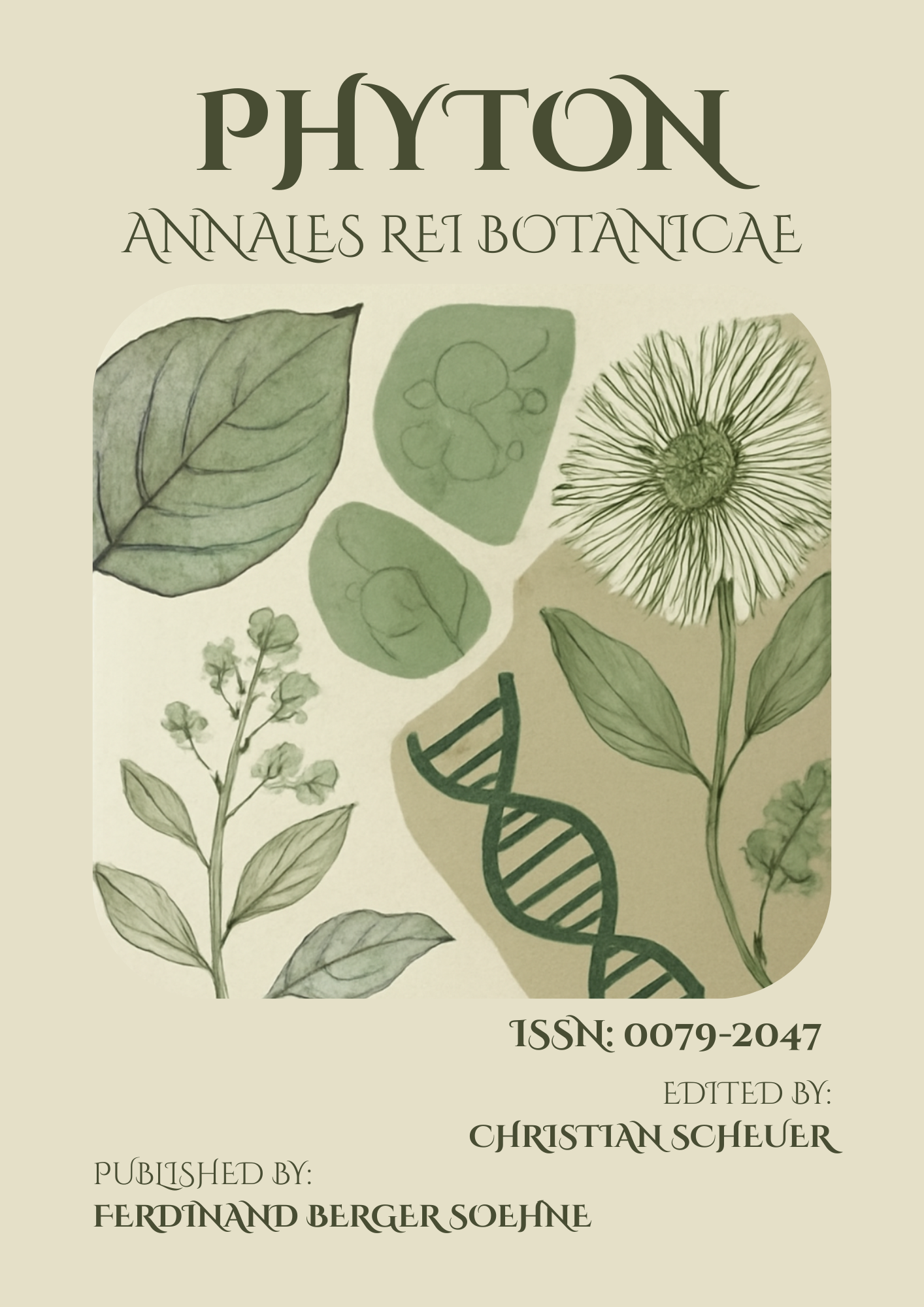Restoration of Mangrove Ecosystems in Malaysia: Assessing the Role of Native Species in Coastal Protection
Keywords:
mangroves, coastal protection, ecosystem restoration, native species, MalaysiaAbstract
Mangrove ecosystems provide critical coastal protection by acting as natural buffers against storm surges, erosion, and flooding. However, overexploitation and habitat degradation have led to the decline of mangrove forests in many parts of Malaysia. This study assesses the effectiveness of restoring mangrove ecosystems using native species, focusing on their role in coastal protection and biodiversity conservation. Field experiments were conducted in three coastal regions of Malaysia, where native species such as Rhizophora apiculata and Bruguiera gymnorhiza were planted in degraded areas. Over a period of two years, the survival rates, growth performance, and biomass accumulation of these species were monitored. The results showed that both species exhibited high survival rates (over 80%) and significant growth, contributing to the stabilization of coastal sediments. Soil erosion was reduced by up to 30% in restored areas, and biodiversity increased with the presence of native mangrove-associated species. Additionally, hydrodynamic modeling revealed that restored mangrove forests were highly effective in reducing wave energy and protecting coastal infrastructure. This study highlights the importance of native species in mangrove restoration and provides valuable insights for coastal management strategies aimed at enhancing resilience to climate change. The findings advocate for the large-scale restoration of mangrove ecosystems as a cost-effective, nature-based solution for coastal protection in Malaysia.
Published
How to Cite
Issue
Section
License
Copyright (c) 2024 PHYTON-ANNALES REI BOTANICAE

This work is licensed under a Creative Commons Attribution-NonCommercial-ShareAlike 4.0 International License.
This article is published under the terms of the Creative Commons Attribution-NonCommercial-ShareAlike 4.0 International License (CC BY-NC-SA 4.0). Readers may share and adapt the material for non-commercial purposes, provided appropriate credit is given and adaptations are shared under the same license.



